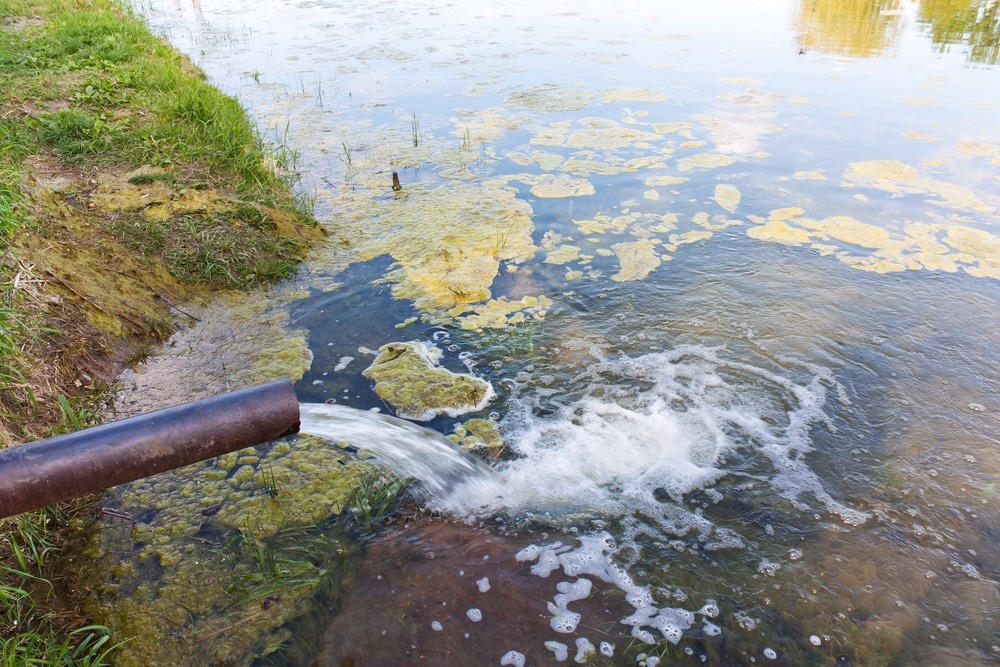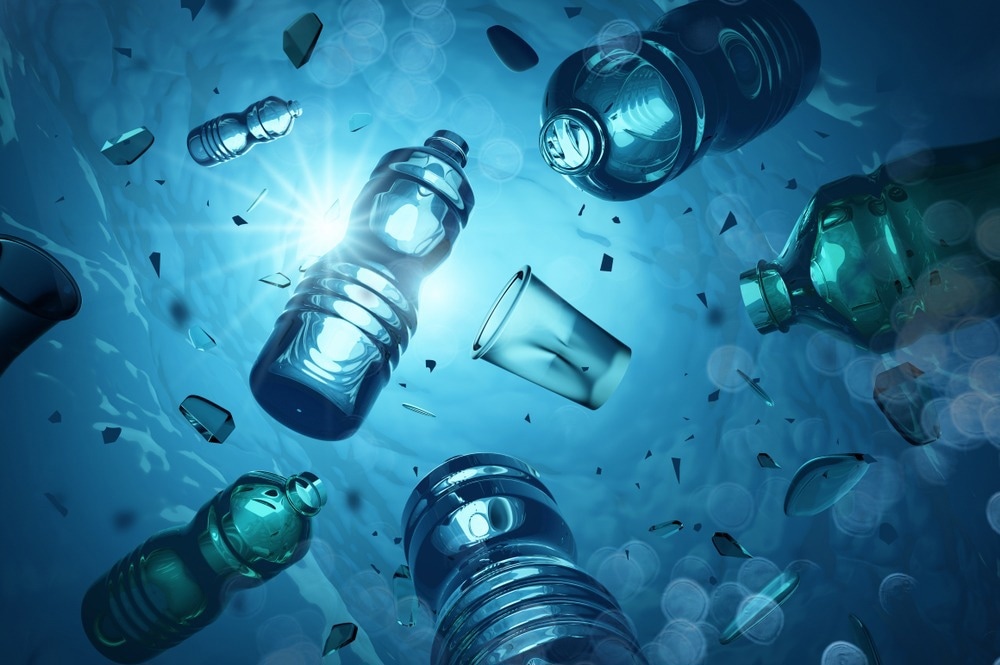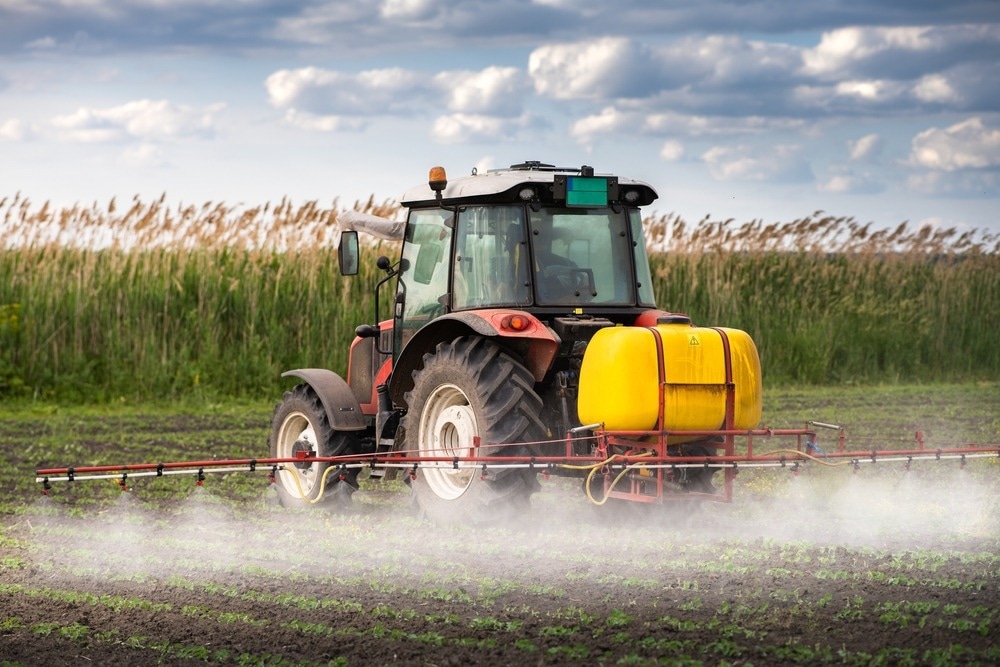Introduction
Plastic Pollution
Industrial Chemicals
Pesticide Toxicity
References
Further Reading
Wildlife toxicology involves the investigation of how various environmental contaminants can alter the physiology and anatomy of wildlife. Such effects can determine the overall fitness and survival of these animals by impacting their reproduction success, health, and overall well-being in the wild.

Wildlife toxicology. Image Credit: Alexmalexra/Shutterstock.com
Animals in the wild can be exposed to various harmful contaminants through the food and water they ingest, the air that they breathe, as well as the environment where they reside. Researchers throughout the world have made significant advancements in understanding how the presence of numerous environmental contaminants can create challenges in wildlife conservation efforts. This research has supported efforts to ultimately establish measures to prevent the adverse effects of this contamination in the wild.
Plastic pollution
Recent estimates indicate that a minimum of 14 million tons of plastic are dumped into the ocean each year. With about 80% of water debris comprised of plastic pollutants, marine wildlife is inevitably affected, thus threatening the health and safety of many of the world’s food resources as well.
Previously, researchers have been primarily interested in documenting plastic ingestion by animals, rather than focusing on the effects that plastic ingestion has on marine wildlife. By shifting their focus, researchers can expand their understanding of the physical and toxicological symptoms that plastic ingestion can have on individual organisms, as well as its population-level effects on marine wildlife.
By understanding the impact of plastic ingestion at the marine population-level, researchers can begin to elucidate the degree to which animals are exposed to certain pollutants. Moreover, this information will provide novel insights into the reproductive toxicity profile of these pollutants on various organisms.
In addition to establishing the impact of plastic ingestion at both the population- and organism-level, toxicologists are also interested in determining how various biological factors can influence the susceptibility of certain wildlife to the effects of plastic ingestion. As a result, researchers could identify animal populations that should be targeted for both research and conservation efforts.

Plastic pollution. Image Credit: solarseven/Shutterstock.com
Industrial chemicals
Despite the implementation of both national and international bans, as well as regulations on the release of various industrial chemicals into the environment, the levels of these contaminants within various parts of the world, particularly the Arctic, remain consistently high. In addition to previously detected chemicals, new and replacement chemicals have also been detected in the Arctic and have been described as chemicals of emerging Arctic concern (CEACs). Although some of the CEACs that have been identified to date are considered to be less persistent than prior persistent organic pollutants (POPs), the distinct physical-chemical properties of these chemicals have increased concerns regarding their potentially harmful biological effects.
Perfluorooctane sulfonic acid (PFOS) and hexabromocyclododecane (HBCDD) are two types of CEACs that possess high toxic potentials and have been identified throughout the Arctic. The accumulation of these chemicals, in addition to legacy POPs that have also been detected in high concentrations in Arctic top predators, has increased the complexity of understanding their combined effects on wildlife.
In fact, the presence of both POPs and CEACs in Arctic wildlife increases the likelihood of their cumulative and/or synergistic effects on exposed wildlife. This can lead to a wide range of immune, reproductive, and neuroendocrine effects on these organisms.
Taken together, toxicological research on these compounds in Arctic wildlife, particularly top predators, is needed to understand the transport of these chemicals into Arctic food webs and whether their levels are increasing, decreasing, or remaining the same. This information would subsequently provide insight into how the accumulation of these chemicals might threaten Arctic biodiversity.

Pesticides. Image Credit: Fotokostic/Shutterstock.com
Pesticide toxicity
The widespread use of pesticides throughout the world has inevitably increased the exposure of wildlife to these chemicals. Although there are various media that can be used to monitor pesticide contamination, the aerial dispersion of these chemicals has remained a challenge for toxicological assessments.
Pesticides often contaminate the air either through the evaporation of pesticide droplets before they reach their target, the drifting of vapors following the application of pesticides from the target area, or due to wind carrying contaminated soil particles to off-target locations.
In addition to their risk of inhaling air that has been contaminated with pesticides, wildlife can also be exposed to these chemicals through the ingestion of leaves that have been contaminated as a result of pesticide drift. Although wildlife is not likely to suffer from acute toxicity due to this exposure route, chronic toxicity can cause a wide range of sublethal effects on wildlife that can affect various organ systems, as well as their offspring.
References
- Barton, C. C., & Ainerua, M. O. (2020). Chapter 30 – Environmental toxicology: wildlife. Information Resources in Toxicology (Fifth Edition); 337-344. doi:10.1016/B978-0-12-813724-6.00030-X.
- Avery-Gomm, S., Borrelle, S. B., & Provencher, J. F. (2018). Linking plastic ingestion research with marine wildlife conservation. Science of the Total Environment 637-638; 1492-1495. doi:10.1016/j.scitotenv.2018.04.409.
- Sonne, C., Dietz, R., Jenssen, B. M., et al. (2021). Emerging contaminants and biological effects in Arctic wildlife. Trends in Ecology & Evolution 36(5); 421-429. doi:10.1016/j.tree.2021.01.007.
- Zaller, J. G., Kruse-Pla, M., Schlectriemen, U., et al. (2022). Pesticides in ambient air, influenced by surrounding land use and weather, pose a potential threat to biodiversity and humans. Science of The Total Environment 838(2). doi:10.1016/j.scietotenv.2022.156012.
Further Reading
- All Pollution Content
- Air Pollution and Eye Health
- Pollution and Mental Health
- What are the Health Effects of Exhaust Emissions?
Last Updated: Sep 14, 2022

Written by
Benedette Cuffari
After completing her Bachelor of Science in Toxicology with two minors in Spanish and Chemistry in 2016, Benedette continued her studies to complete her Master of Science in Toxicology in May of 2018.During graduate school, Benedette investigated the dermatotoxicity of mechlorethamine and bendamustine; two nitrogen mustard alkylating agents that are used in anticancer therapy.
Source: Read Full Article
